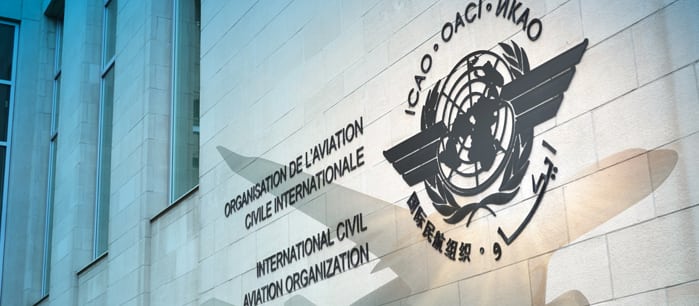
During the opening joint session of the 2017 Airlines Electronic Engineering Committee (AEEC) and Avionics Maintenance Committee (AMC) general session, representatives from the world’s two biggest commercial airplane manufacturers, Airbus and Boeing, provided an overview of the work they feel is necessary to standardize onboard aircraft hardware necessary to support the International Civil Aviation Org.’s (ICAO) initiative to improve global aircraft flight tracking.
In March 2016, on the two-year anniversary of the Malaysia Airlines MH370 incident, the ICAO approved new provisions as amendments to Annex 6 of the Chicago Convention. These provisions include three new amendments that the ICAO will adopt to Annex 6 by 2021, designed to enable commercial airline flight operations to support its concept of the standards and recommended practices to address this Global Aeronautical Distress Safety System (GADSS) concept of operations. While presenting Boeing’s perspective of the provisions, Charles Adler, a senior avionics engineer at Boeing, outlined the ICAO provisions as the following:
1. Commercial airliners should be equipped with a 90-day low frequency underwater locator device by January 2018. So far, the European Aviation Safety Agency (EASA) is the only civil aviation regulator with a mandate for this type of equipage, which Adler noted would have the biggest airline impact.
2. By November 2018, when aircraft are in normal flight conditions, operators should have the ability to track them every 15 minutes, with optional abnormal event tracking capability. According to Adler, several states have already introduced new requirements around this provision, including India, Malaysia, China and Singapore. EASA has 2018 applicability for this provision as well.
3. By 2021, new-production airframes should be equipped with the ability to produce position reports once per minute when under abnormal flight conditions, independent of aircraft power and not isolatable. This capability has remote activation capability.
4. By 2021, new aircraft type designs should feature timely recovery of flight data, which could potentially occur in the form of automatic deployable flight recorders, or flight-data streaming.
Adler, who is the chairman of AEEC’s global aircraft tracking working group, said the first two provisions are relatively achievable with technologies that are available to airlines today, with some exceptions in terms of retrofitting legacy aircraft. Members of the working group will look to define system requirements, equipment architectures and aircraft, installation standards for equipment capable of meeting ICAO GADSS, and requirements potentially including satellite communications-based trackers, fixed emergency locator transmitters (ELT) and Space-based ADS-B at an upcoming meeting in June.
“Autonomous distress tracking is going to be a new set of capabilities and the name encompasses what its all about. This is a technology that shouldn’t be able to be controlled by the crew. Distress is aimed at the aircraft in distress or an aircraft having trouble, a major new capability with new sets of functions and new requirements especially in the area of true and major system failures,” said Adler, noting that Boeing also supports AEEC’s development of new ARINC standards to support autonomous distress tracking.
Similarly, Claude Pichavant, a senior communications and surveillance expert at Airbus, said the French aircraft manufacturer is also exploring how it could support both in-service and future airframes with equipping the above mentioned requirements. He said Airbus is supportive of industry standardization around these concepts as well.
“We support standardization for ADT, for data recovery, but we realize we have a lot of work ahead,” he said.
Check out some of the latest aviation industry collaborative work to support these requirements to improve aircraft tracking here.